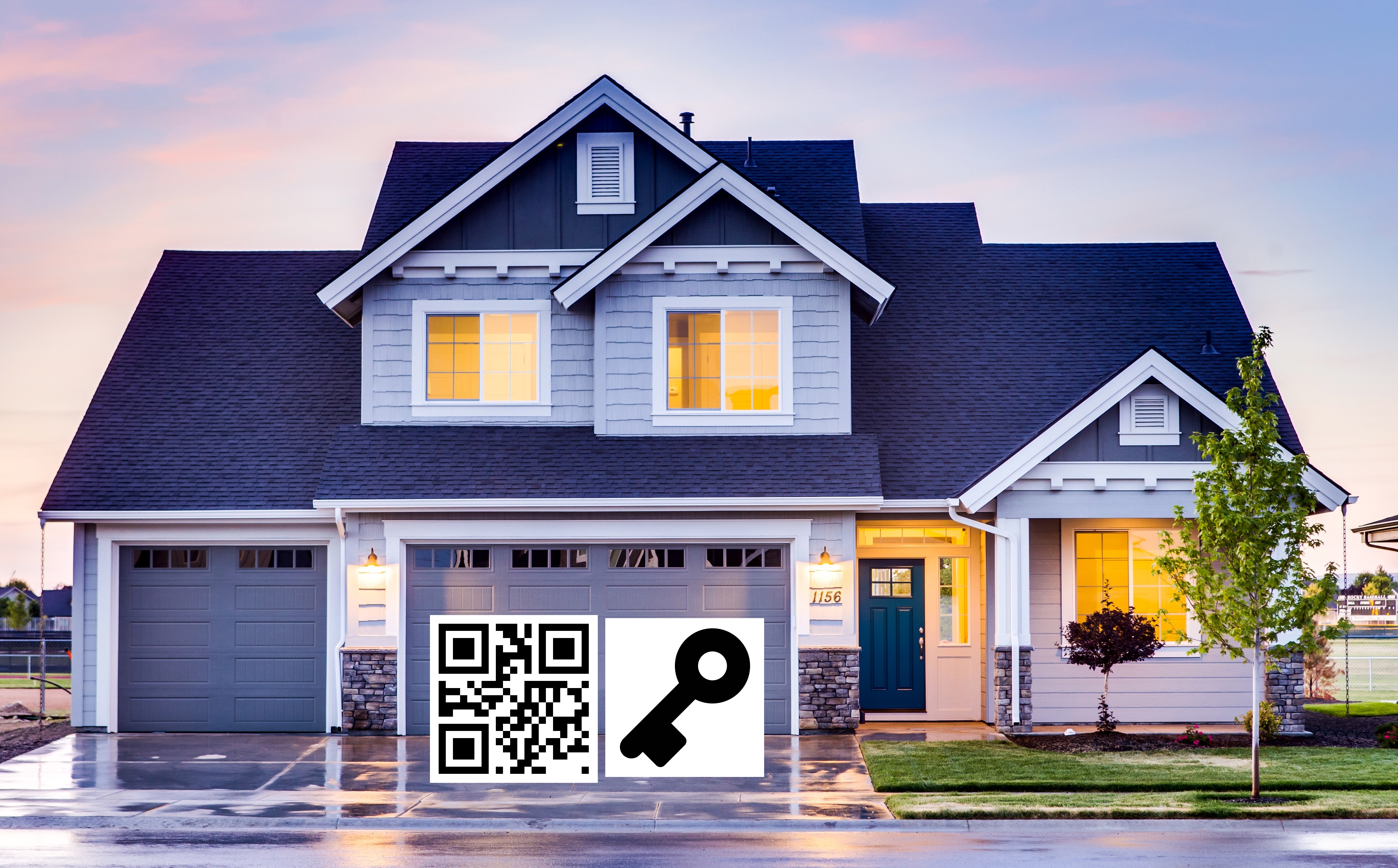Digital Twins: Your Future Home
The second in a series of articles on digital twins in civil engineering, written by Ranjit Sahai, PE, F.ASCE.
A digital twin of your home is its digital representation that:
- Receives data from connected sensors
- Analyzes and responds to sensor data
- Provides tools to review/act on data
- Interacts with other models
Both the Ring doorbell and the Nest thermostat meet all but the last criteria. Digital models of the Ring and Nest devices receive data from sensors, analyze and respond to data received, and provide tools (app or screen) to review and act on that data. However, neither model interacts with other models. It is this lack of interaction with other models that disqualifies the Ring and Nest models as a digital twin platform. Both are connected to the home they model but are isolated from other models.
Your Future Home

You are in the market for a new home and have selected the one to buy. Imagine when you go to the closing, you receive not just the keys for the home, but also a QR code for its digital twin.
On your way home, you scan the QR code in the Digital Twins app. The dashboard displays a list of models in your home’s digital twin: 3D visualization model, electrical and the plumbing distribution model, energy usage model, and basement wall model.
When you install a digital-twin-compatible video doorbell, its model updates the 3D visualization model with its location and 3D visual parameters, the electrical distribution model with the electrical circuit number it is connected to, and its energy consumption data in the energy usage model.
When you invest in a new HVAC system, the service technician requests permission to connect to the 3D visualization, the electrical distribution, and the energy usage models of your home’s digital twin.
This enables the technician to rapidly process all available equipment and identify the one most appropriate, while also developing a list of sensor-evidence-based work items for specialized duct or electrical work to include in the project’s scope of work.
Upon installation, the home’s digital twin also gets updated with information about the new equipment, and its operating and maintenance needs.
Then a few years after you invested in a sunroom addition, which was anchored to the basement wall in the backyard, you see a notification on the Digital Twins app alerting you of a message from the basement wall model.
The concrete in the basement wall had included an aggregate, derived from bones, for its piezoelectric properties. The concrete aggregate produces an electric charge in response to mechanical stress.
A piezoelectric transducer had triggered the notification from the basement wall model.
You click the notification, which invokes the 3D visualization model, which in turn highlights a six-foot-long and four-inch-wide vertical area starting from the lower-right corner of the basement window. A note next to the highlighted area of the finished basement states that a crack may be developing on the wall here.
After the contractor injects that area with a waterproofing sealant, he remarks that it would have been a few years before the gestating crack would have widened enough for groundwater to leak. The early warning from the digital twin had triggered an inexpensive fix, preempting the costly repairs associated with a flooded basement later.
Interaction Between Models
The “future home” Digital Twins scenario described herein consisted of several models. Each model was a purpose-specific representation of a product or its process. In this scenario, the video doorbell model interacted with at least three other models: visual model to update location and geometry; electrical model to identify circuit number; and energy model to feed it energy consumption data. In future articles in this series, we will discuss several other scenarios to showcase its potential in every imaginable disciplinary situation.
This series will conclude with a description of the technological framework underlying Digital Twins, and the skills needed to incorporate—even develop—such models for your infrastructure projects.
About the Author
Ranjit, a Past President (2013–14) of ASCE-NCS, is a principal and founder of RAM Corporation, a firm serving the needs of State DOTs, Courts, and SMBs for professional services and technology solutions.
